![]()
![]()
![]()
Use LEFT and RIGHT arrow keys to navigate between flashcards;
Use UP and DOWN arrow keys to flip the card;
H to show hint;
A reads text to speech;
16 Cards in this Set
- Front
- Back
|
What are the main structures of plasma membrane |
Phospholipids, cholesterol, protein, carbohydrates |
|

|
H Has a polar hydrophilic head Has a nonpolar hydrophobic tail |
|

|
Cholesterol 1. Stiffens membrane 2. Further decreases water solubility in membrane 3. Typical for ring steroid structure |
|
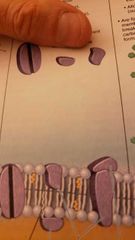
|
Proteins determine what functions the membrane can perform - many roles, EG, transport, communication acting as receptors for Signal molecules, and joining cells to each other and The extracellular Matrix |
|
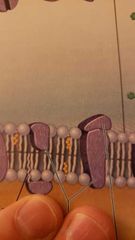
|
Integral proteins are embedded in the lipid layer |
|
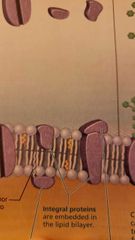
|
Peripheral proteins are anchored to the membrane or to other proteins |
|
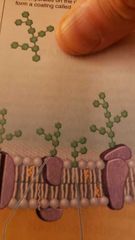
|
Carbohydrates That's as identity molecules, allow cells to recognize who is who during development so cells can sort themselves into tissues and organs, allow immune cells to recognize friends our own selves or Foe a pathogen, are found only on the outer surface of the membrane like the sugar coating on breakfast cereal. Together, the carbohydrates on the outside of the shell form a coating called glycocalyx Short chains of monosaccharides , sugars |
|

|
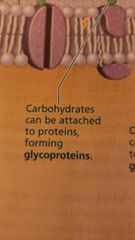
|
|
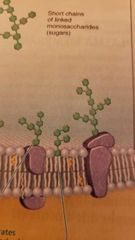
|
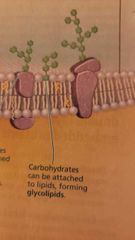
|
|
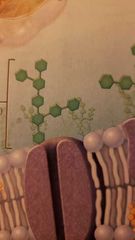
|
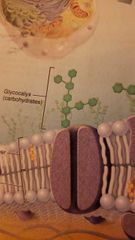
|
|
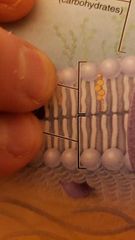
|
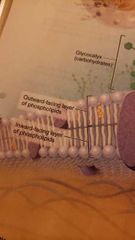
|
|
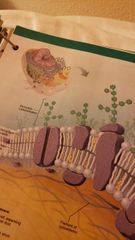
|
Shows placement of the plasma membrane on the outer surface |
|
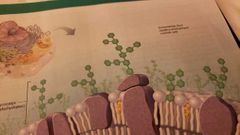
|
So consider this image is the extracellular fluid, watery environment outside of cells! |
|
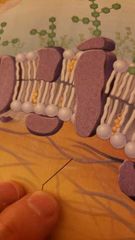
|
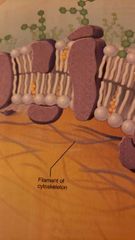
|
|
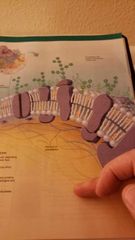
|
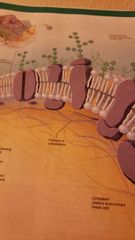
|
|
|
What are the functions of plasma membrane? |
1. Physical barrier -Encloses the cell, separating the cytoplasm from the extracellular fluid. 2.Selective permeability- Determines which substances enter or exit the cell. 3. Communication- plasma membrane proteins interact with specific chemical Messengers and relay messages to the cell interior. 4. Cell recognition- cell surface carbohydrates allows cells to recognize each other |

